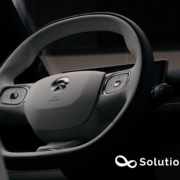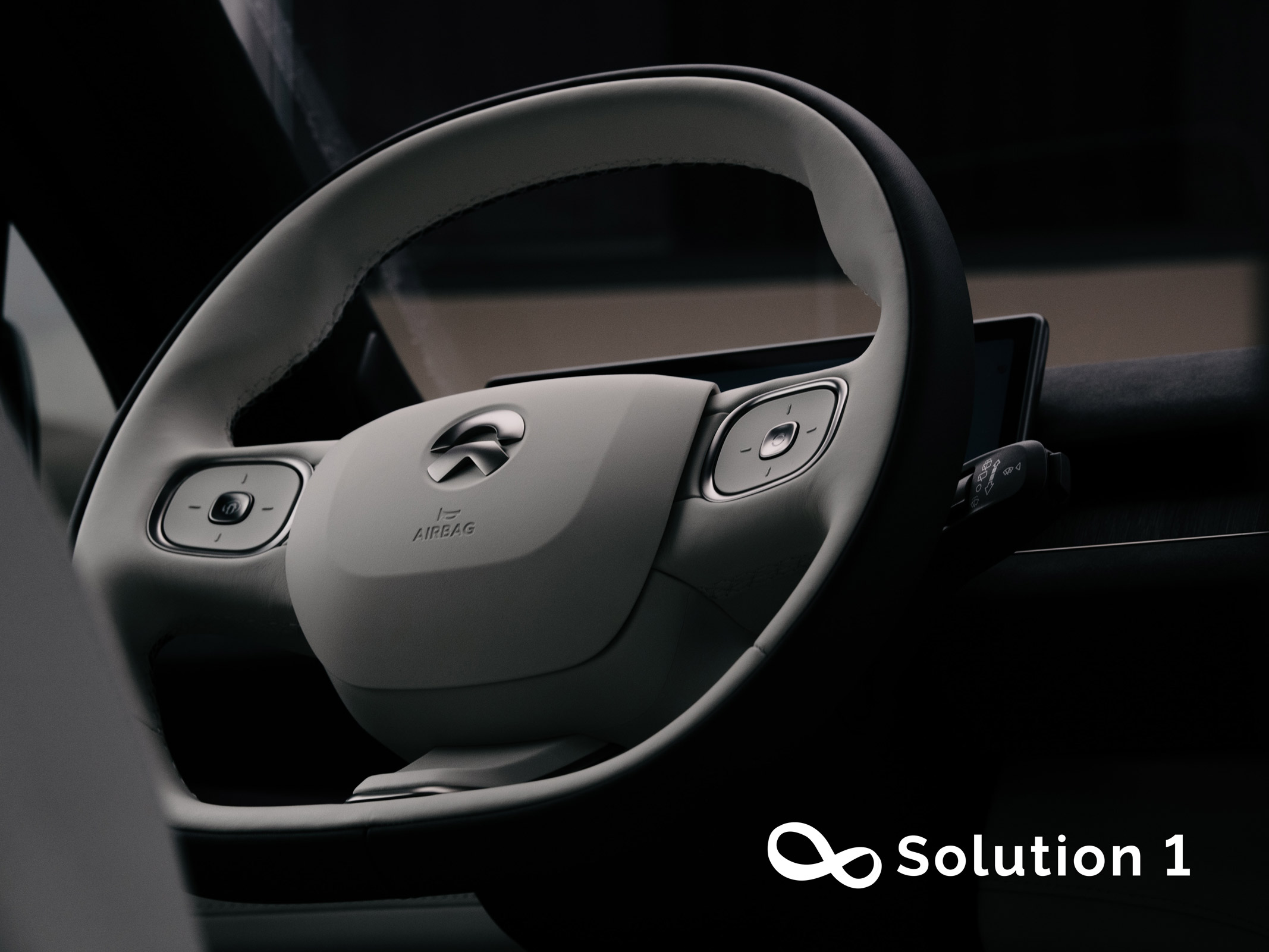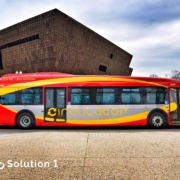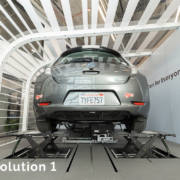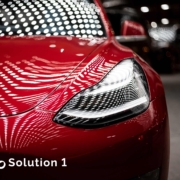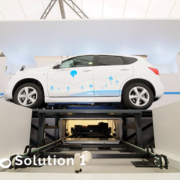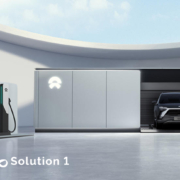Battery swapping technology in electric vehicles proves 99.7% faster than traditional charging methods.
Due to the development of electric vehicle technology over the past five years, two battery-swapping station service providers in China have successfully implemented swapping stations. NIO, a Chinese automobile manufacturer, opened its first battery-swapping station in May 2018, with the number of NIO battery-swapping stations in China reaching 1315 by May 2023. In addition, NIO announced its second-generation battery swapping station equipped with 13 battery packs, which can serve 312 battery swaps per day. An electric vehicle manufactured by NIO would spend 4.6min in a battery swap station to replace its discharged battery. It is also worth noting that parking is included in this timeframe, further emphasizing the increased efficiency battery swapping technology has provided.
It is determined through calculations that NIO’s refueling process through battery swapping is 99.7% faster than refueling through Level 1 charging, at least 98.7% faster than refueling through Level 2 charging, and approximately 89.7% faster than Level 3 DC fast charging. Through these statistics, it is clear that the battery swapping technology could provide much-increased efficiency in the refueling process of an electric vehicle.
Despite the high efficiency of NIO’s battery-swapping system, it would also have its weaknesses. The biggest disadvantage of the system is the high cost associated with such advanced and complex battery-swapping facilities. The construction cost alone of one such battery swap station amounts to $3,000,000. In comparison, it would only cost between $100,000 and $175,000 to construct a Tesla Supercharger Station, and $500,000 to construct a new gas station with four pumps.
Given the data, it could be found through calculations that the construction cost of building NIO’s battery swap station is 5 times more expensive than that of a station, and a minimum of approximately 16 times more expensive than that of a Tesla Supercharger Station. The high-cost factor contributes to the limitation of the amount of battery swapping infrastructure that is available to the growing number of electric vehicles.
Besides cost, the limited resources available inside a battery swap station are also disadvantageous. Since there is one spot per station, only one vehicle is allowed at a time, while there are usually multiple spaces available at an EV charging station or a gas station.
A typical battery swap station developed by NIO has 13 batteries stored in the facility, which would allow up to 312 swaps per day. This number is dwarfed when compared to the average of 1,700 vehicles that visit a conventional gas station daily. For the betterment of battery swapping technology in the Future, these weaknesses would need to be amended.
The electric vehicle population in China increased to 13.1 million at the end of 2022, and most of the electric vehicles are registered in core cities. Hence, the target groups are considerably larger than those in the USA and Israel from 2011 to 2015. In China’s core cities, most residents live in apartments without private parking lots. Hence, drivers must rely on public charging and swapping services for power supply. With the promotion of battery swapping station modes, the battery swapping station service network is maturing in the transportation system, and electric vehicle drivers can reach nearby battery swapping stations within an acceptable traveling distance, such as 5 km to 10 km. Advanced battery swapping services, such as battery renting, discount swapping fees, and battery upgrade policies, were introduced by NIO to entice drivers to use battery swapping station services.

